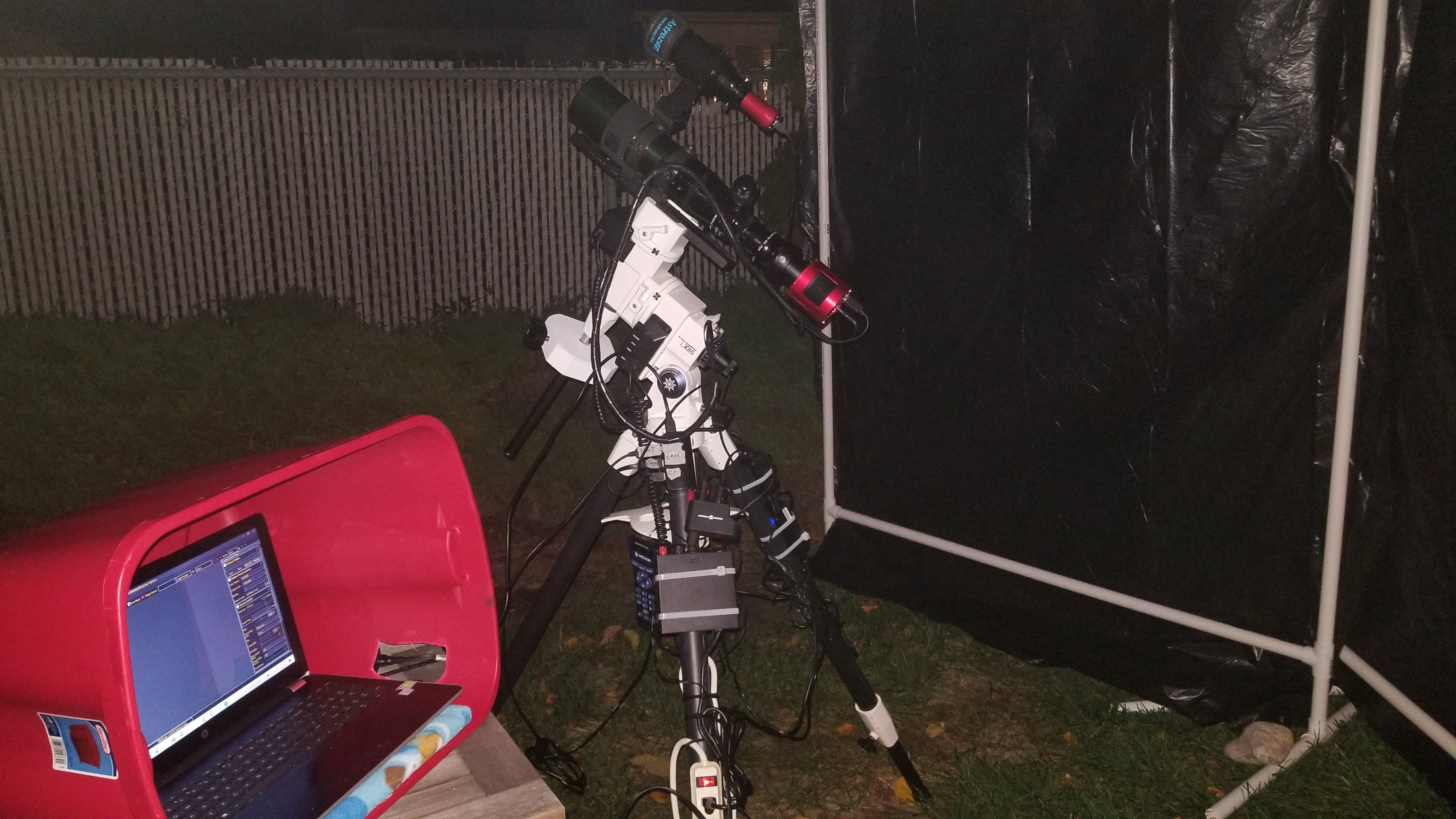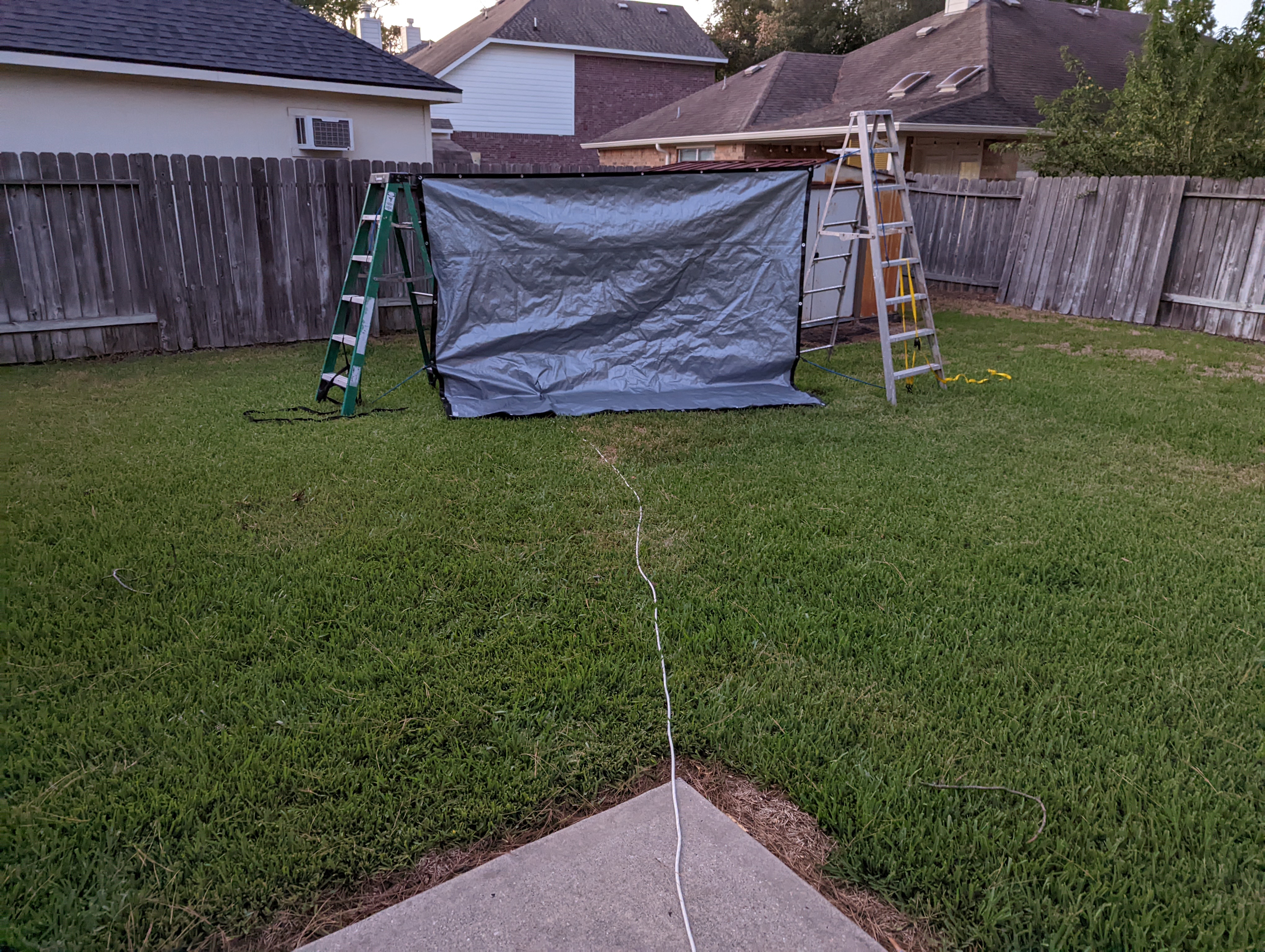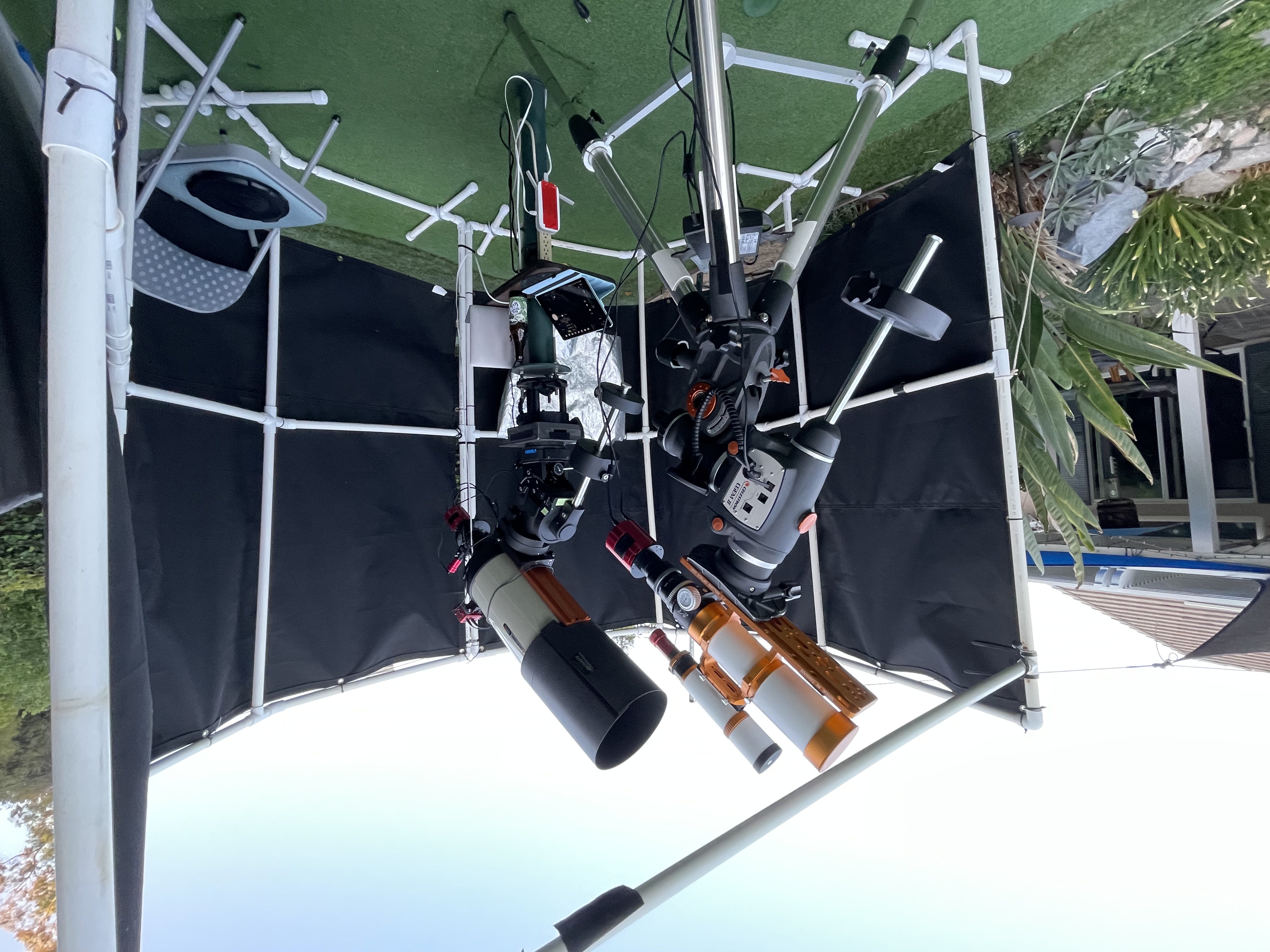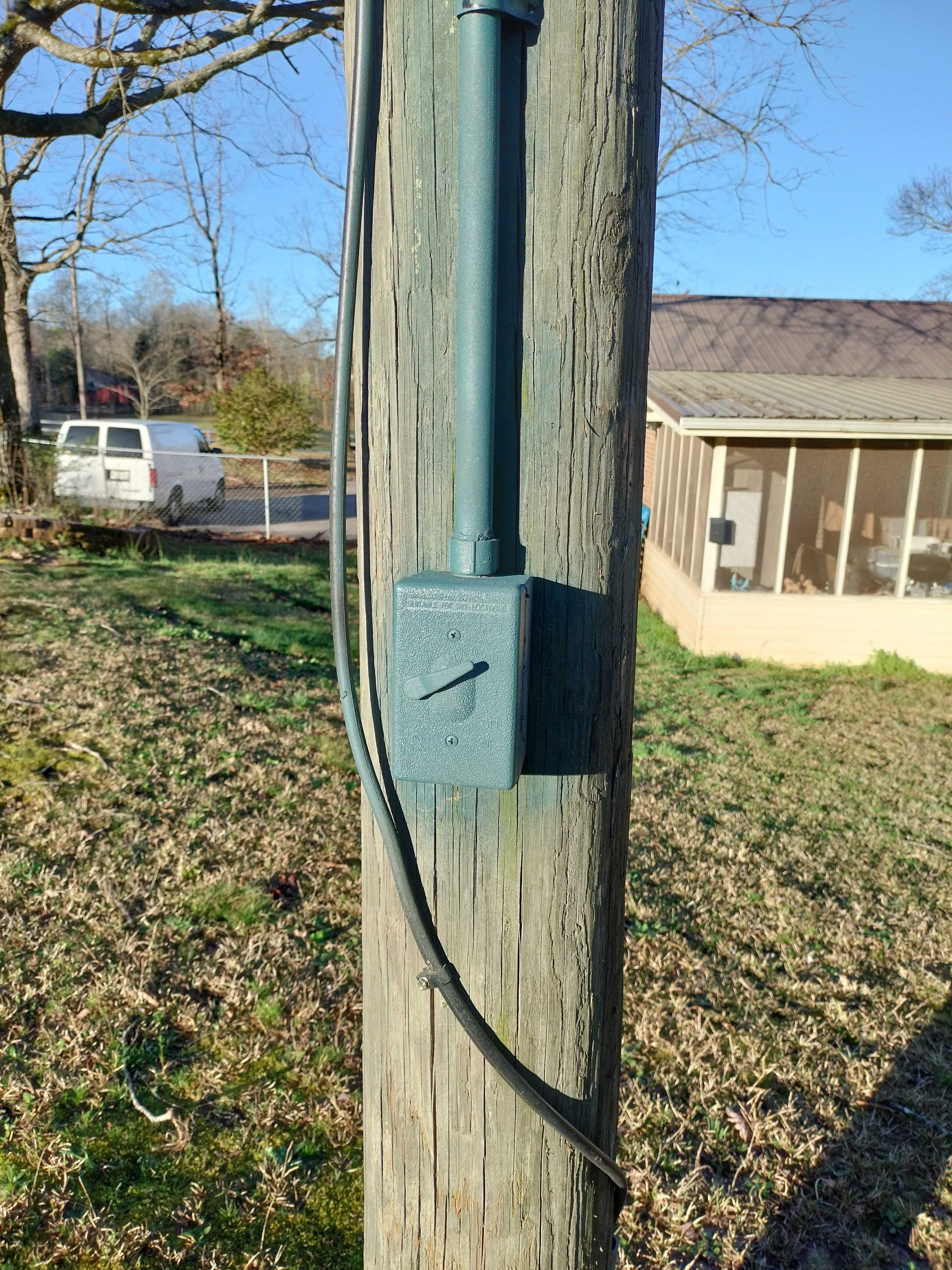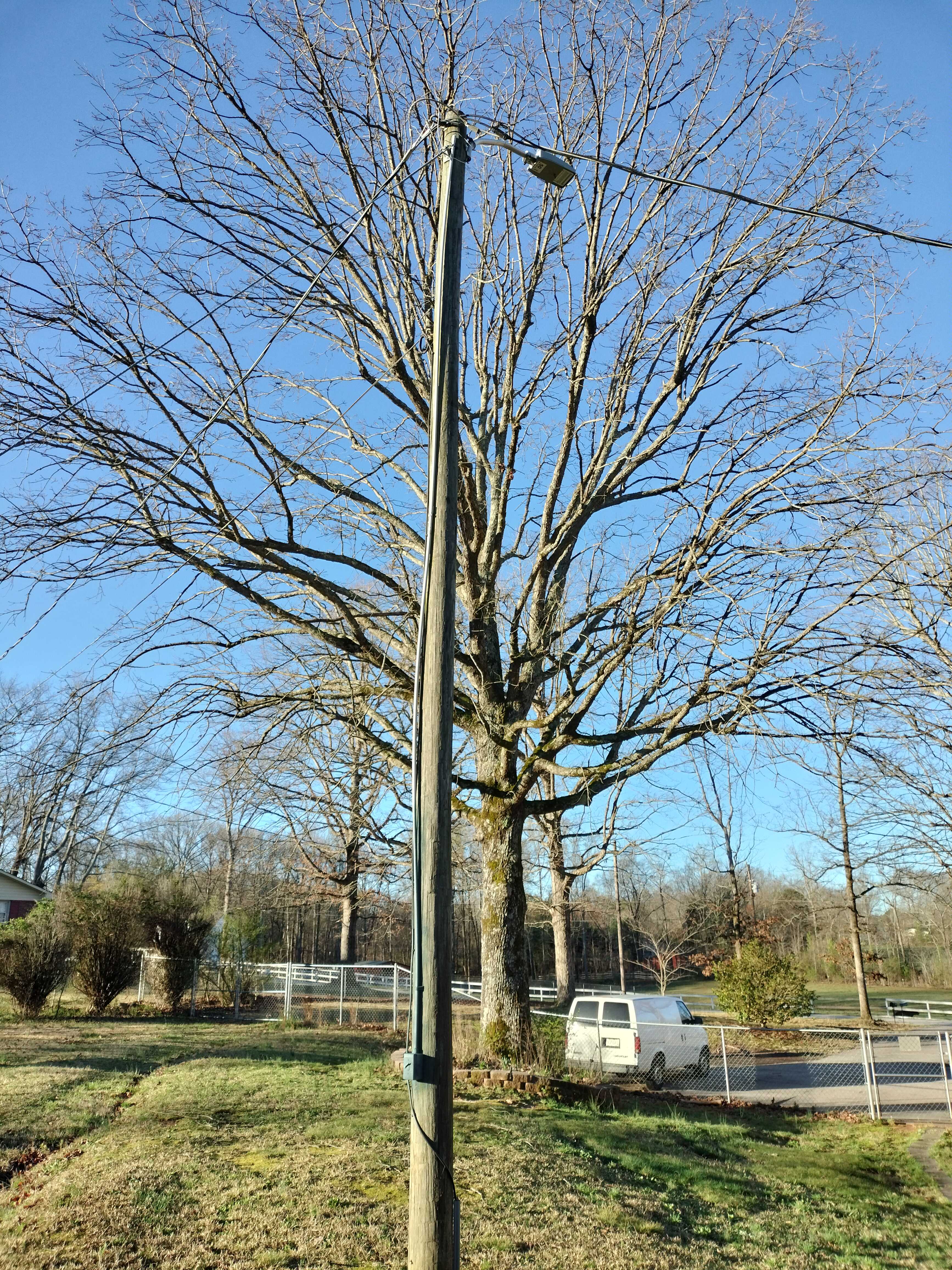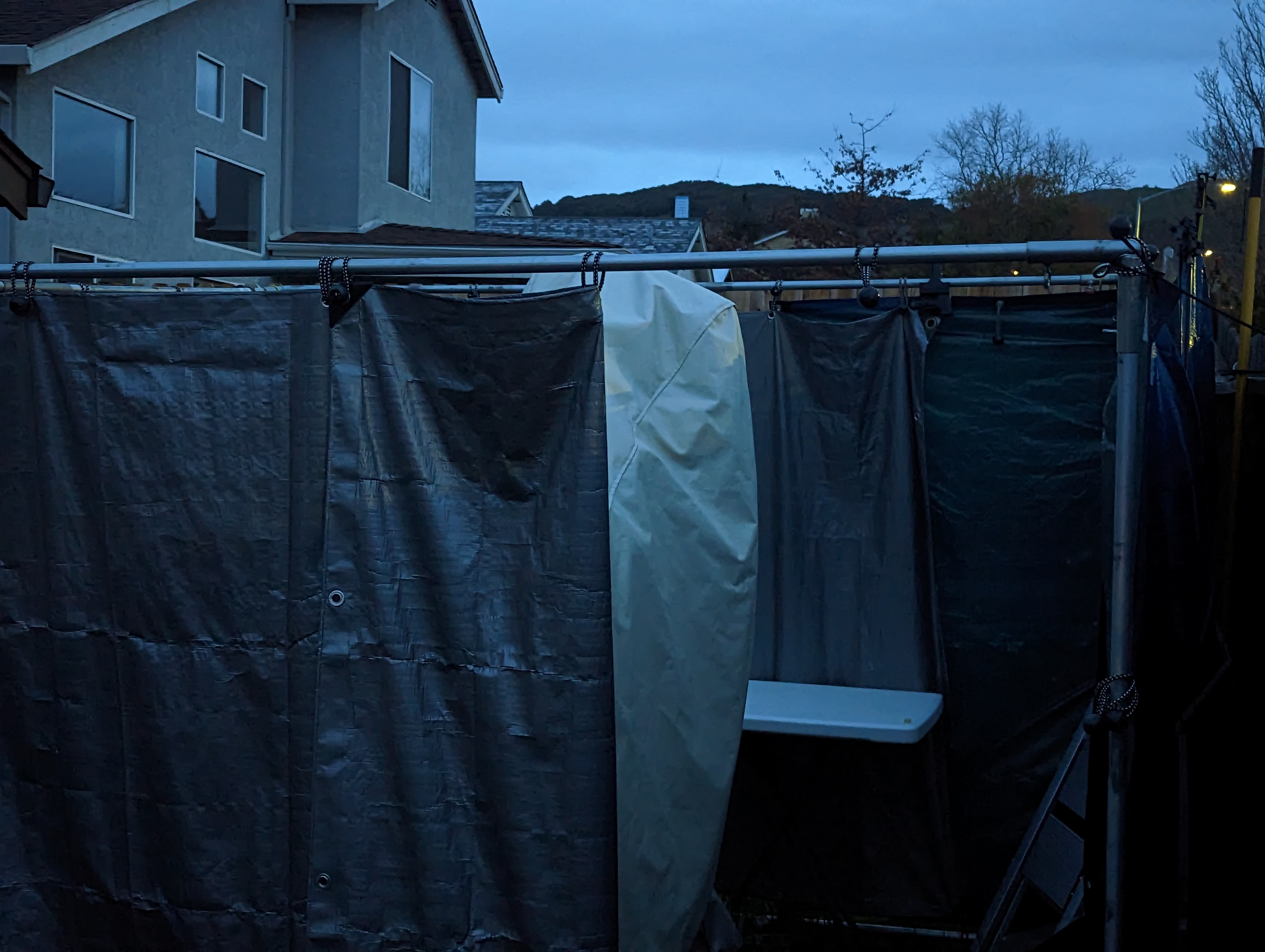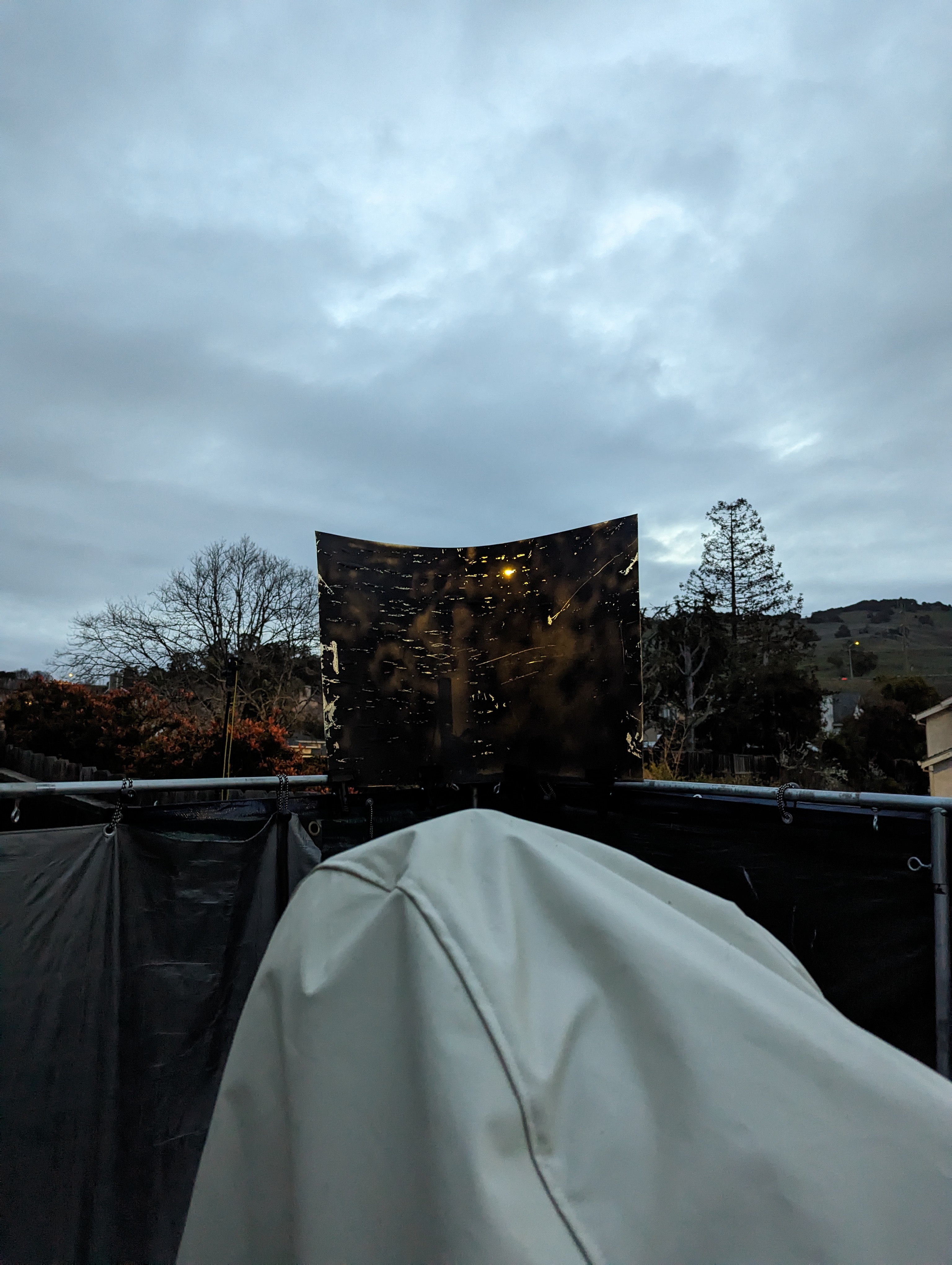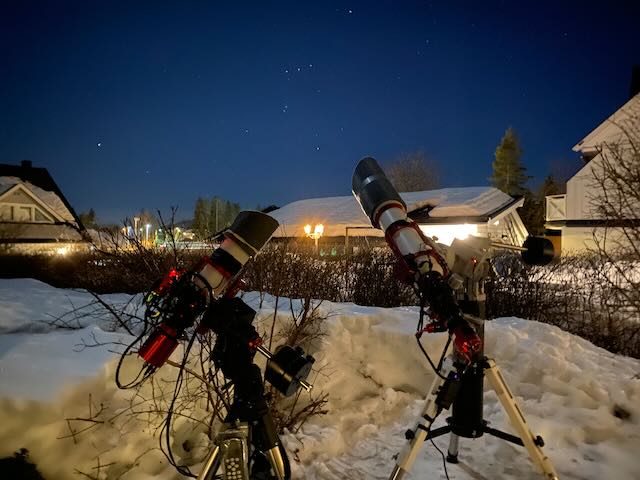I was just going to start a thread and post something very similar. I have a neighbor whose backyard light is extremely bright, it shines right into my yard when I am trying to image. So I went over to talk to him about the issue, of course being as neighborly, kind and tactful as I should be. He later said he lowered the light on the wall it's on, but it doesn't look lower to me. I sense that he's going to get angry if I bring it up with him again, he seems like he's on a short fuse and doesn't have much empathy.
So I am wondering if I can buy some kind of portable barrier for my backyard and put it up near a fence so that it's blocking that one light, sort of like one of the Japanese folding barriers for indoors. Has anyone tried this solution?
Though the world is becoming far more aware of soil, air, water pollution and the effect humans are having on climate, we have quite a ways to go before people start understanding the consequences of light pollution--it's not just astronomers and astrophotographers that are suffering. I am reading a great book on light pollution by a Swedish biologist whose specialty is bats, and it turns out that many species of animals and insects are having their world turned upside down because of light pollution. Hunting, mating, pollinating--all these nocturnal activities are being negatively impacted by the artificial light that is confusing the circadian rhythms and how our bodies naturally adjust to daytime and nighttime. Human sleep patterns and psychological states are being affected as well. Biologists and other scientists are now as concerned about it as are astronomers and astrophotographers.
I think that every astrophotographer is going to have to become, to one degree or another, a bit of an activist. We need to thoughtfully explain to people that light pollution is a problem, but that it's a problem that can be mitigated fairly easily in many cases. Motion detectors can be used to keep lights off when not needed. Directional lighting that doesn't scatter light all over the place when it's needed only in one area is also helpful. Turning off lights that are not necessary is part of the solution, as is not flooding an area with light when a far less bright light will accomplish the task.
Humans have a particular fear of darkness that goes back to our earliest primitive ancestors, we just don't see as well at night as some other animals do. We have to learn to make this fear more conscious, so that we don't let it automatically dictate everything we do relative to darkness.
Finally, I am sure many of you know the statistic: light pollution is increasing about 9.6% every year. 80% of the planet is already drenched in artificial light. I don't feel, nor do I want to feel, particularly political when I am out under the sky trying to image deep-space objects. But I think it's being forced upon us by a civilization that knows no limits, that knows the price of everything and value of nothing, and where endless growth and endless profit are Gods to be worshiped and obeyed.
See:
https://www.insidescience.org/index.php/news/astronomers-encourage-cities-shield-outdoor-lighting